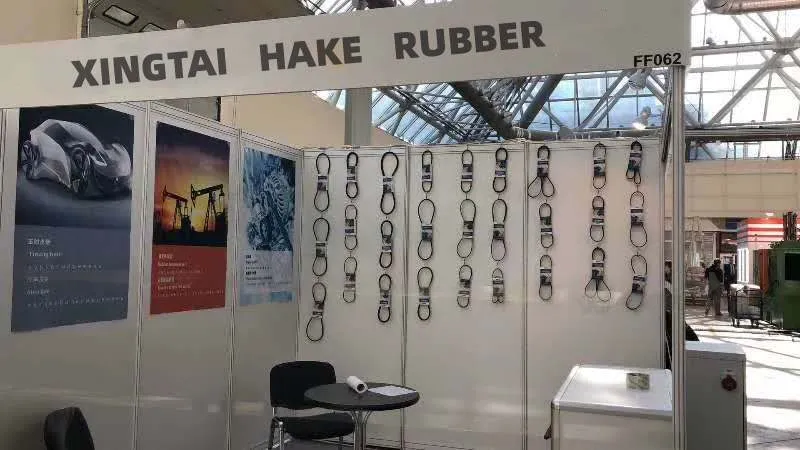- Arabic
- French
- Russian
- Spanish
- Portuguese
- Turkish
- Armenian
- English
- Albanian
- Amharic
- Azerbaijani
- Basque
- Belarusian
- Bengali
- Bosnian
- Bulgarian
- Catalan
- Cebuano
- Corsican
- Croatian
- Czech
- Danish
- Dutch
- Afrikaans
- Esperanto
- Estonian
- Finnish
- Frisian
- Galician
- Georgian
- German
- Greek
- Gujarati
- Haitian Creole
- hausa
- hawaiian
- Hebrew
- Hindi
- Miao
- Hungarian
- Icelandic
- igbo
- Indonesian
- irish
- Italian
- Japanese
- Javanese
- Kannada
- kazakh
- Khmer
- Rwandese
- Korean
- Kurdish
- Kyrgyz
- Lao
- Latin
- Latvian
- Lithuanian
- Luxembourgish
- Macedonian
- Malgashi
- Malay
- Malayalam
- Maltese
- Maori
- Marathi
- Mongolian
- Myanmar
- Nepali
- Norwegian
- Norwegian
- Occitan
- Pashto
- Persian
- Polish
- Punjabi
- Romanian
- Samoan
- Scottish Gaelic
- Serbian
- Sesotho
- Shona
- Sindhi
- Sinhala
- Slovak
- Slovenian
- Somali
- Sundanese
- Swahili
- Swedish
- Tagalog
- Tajik
- Tamil
- Tatar
- Telugu
- Thai
- Turkmen
- Ukrainian
- Urdu
- Uighur
- Uzbek
- Vietnamese
- Welsh
- Bantu
- Yiddish
- Yoruba
- Zulu
Nov . 24, 2024 07:27 Back to list
Understanding the Importance of HNBR Timing Belts for Engine Performance and Longevity
Understanding HNBR Timing Belts Key Features and Benefits
Timing belts play a crucial role in the smooth operation of internal combustion engines, ensuring that the camshaft and crankshaft work in perfect harmony. Among the various materials used for manufacturing timing belts, hydrogenated nitrile butadiene rubber (HNBR) stands out as a preferred choice for many automotive applications. This article delves into the properties, advantages, and applications of HNBR timing belts.
What is HNBR?
HNBR, or hydrogenated nitrile butadiene rubber, is a versatile synthetic rubber that exhibits superior resistance to heat, oil, and wear compared to traditional rubber compounds. The hydrogenation process enhances its performance characteristics, making it an ideal candidate for demanding environments where durability and longevity are paramount. HNBR is known for its exceptional tensile strength and elasticity, which are critical attributes for timing belts that operate under high stress and varying temperatures.
Key Features of HNBR Timing Belts
1. Heat Resistance One of the most significant advantages of HNBR timing belts is their ability to withstand high temperatures. While standard rubber belts may degrade at elevated temperatures, HNBR can maintain its properties and functionality, making it suitable for high-performance engines.
2. Oil and Fuel Resistance Exposure to oil and fuel can lead to deterioration of conventional rubber compounds. HNBR timing belts resist swell and degradation from contact with oil and fuel, prolonging their lifespan and reducing the need for frequent replacements.
3. Wear Resistance Timing belts are subject to considerable wear due to the constant friction and stress during operation. HNBR's robust formulation provides enhanced abrasion resistance, minimizing wear and ensuring the belt retains its structural integrity over time.
4. Temperature Range HNBR timing belts can operate efficiently over a wide temperature range, typically from -30°C to 150°C. This flexibility allows them to be used in various climates and under different operational conditions, making them highly adaptable for different engine designs.
5. Improved Flexibility The structural composition of HNBR allows for excellent flexibility, which is vital for timing belts to navigate through the pulleys and gears of an engine without compromising performance. This flexibility ensures smooth operation and reduces the risk of slippage.
hnbr timing belt

Benefits of Using HNBR Timing Belts
1. Increased Longevity Due to their superior resistance to heat, oil, and wear, HNBR timing belts typically enjoy a longer service life compared to conventional belts. This longevity translates to cost savings over time, as fewer replacements and repairs are needed.
2. Enhanced Performance The reliability of HNBR timing belts contributes to improved engine performance. With optimal synchronization between the camshaft and crankshaft, engines run more smoothly and efficiently, delivering better fuel economy and power output.
3. Reduced Maintenance Costs The extended life of HNBR timing belts means less frequent maintenance and fewer disruptions to vehicle operation. This is particularly beneficial for fleet operators and individuals who rely on their vehicles for daily transport.
4. Environmental Stability In addition to their mechanical properties, HNBR timing belts are relatively resistant to environmental conditions such as ozone and ultraviolet light, which can degrade other materials more rapidly. This resistance makes them an environmentally stable choice for automotive applications.
Applications of HNBR Timing Belts
HNBR timing belts are widely used in various automotive and industrial applications. They are especially prevalent in high-performance vehicles, where engine efficiency is critical. Moreover, their properties make them suitable for use in machinery and equipment where reliability and durability are essential.
Conclusion
HNBR timing belts offer a blend of exceptional properties that make them an excellent choice for modern automotive applications. With their enhanced heat, oil, and wear resistance, longer service life, and reliable performance, HNBR belts are positioned to meet the demands of today’s engines. As technology continues to advance, the adoption of high-quality materials like HNBR will be increasingly vital in the pursuit of efficiency and performance in automotive engineering.
-
Upgrade Power Steering Pump Belt for Smooth, Quiet Operation
NewsAug.27,2025
-
Precision Timing Belt & Chain: Engine Performance & Durability
NewsAug.26,2025
-
Precision Lathe Drive Belts: Durable & Reliable Performance
NewsAug.25,2025
-
84.5 Serpentine Belt: Durable & Precision Fit for Your Engine
NewsAug.24,2025
-
Premium Ribbed Drive Belts for Quiet Power Transmission
NewsAug.23,2025
-
High-Performance Vehicle Timing Belt for Engine Precision
NewsAug.22,2025

